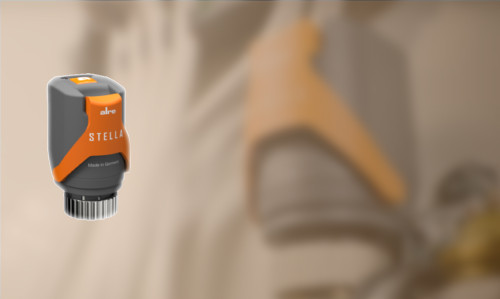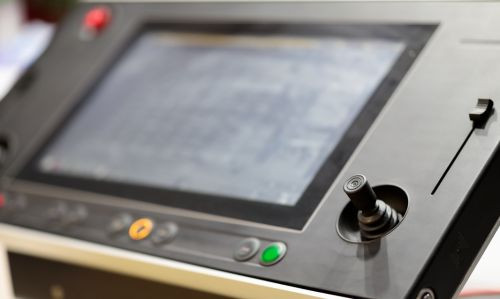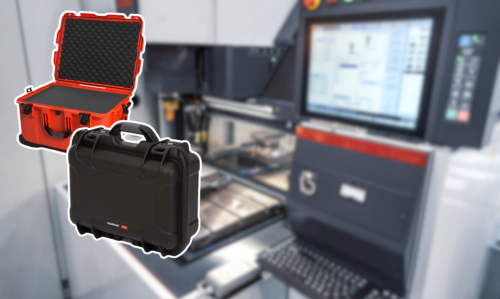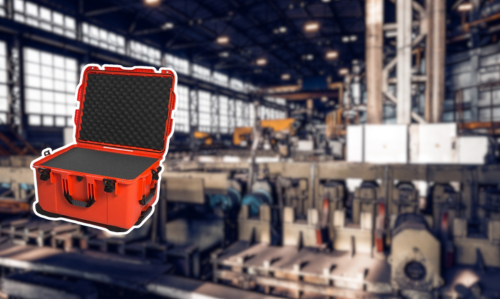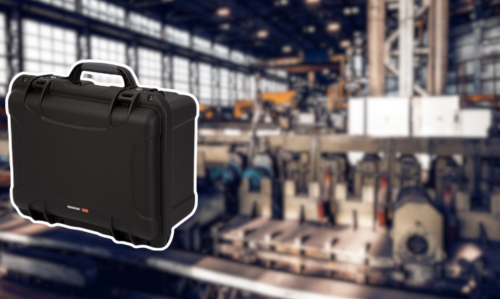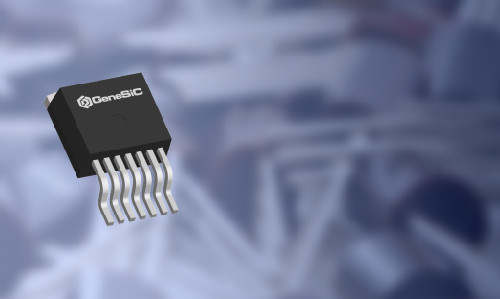The SET 31 underfloor heating control kit is an innovative solution that addresses the growing needs of modern homes for efficient temperature management. With advanced technology, the system allows for precise heating control, which translates to increased user comfort and significant energy savings. In this article, we will discuss how the SET 31 kit can help optimize underfloor heating and why it is worth investing in.
Latest posts
-
Stella 230V NC actuator - Modern solution for efficient floor heatingRead more
In recent years, rising energy costs and increased ecological awareness have led consumers and businesses to seek more efficient heating solutions. One of the most popular ways to save energy, especially in modern construction, is through the use of underfloor heating systems.
-
Large nanuk cases: the protection you need!Read more
Discover nanuk cases - a synonym for quality, innovation, and reliable protection. Made from lightweight nk-7 resin, they are impact-resistant, waterproof, and dustproof. Ideal for anyone seeking safety and comfort while traveling. Check out our models!
-
Comparison of the medium and large Nanuk suitcaseRead more
Portable cases, especially models by Nanuk, offer not only functionality but also reliability and protection for valuable items. Whether you're a professional photographer, an engineer, or simply someone in need of a sturdy case for equipment, selecting the right case size is crucial.
-
How to Choose the Most Durable Suitcase?Read more
Are you looking for a sturdy suitcase? Read our guide to discover which suitcases are the most resistant, which materials and locks to choose, and how to adapt a suitcase to different uses. Discover the best models, including Nanuk cases, and provide your belongings with maximum protection during transport.
-
Comparison of capacitive and resistive touch panels: Which solution is better for your business?Read more
Choosing the right touch solution can be a challenge for many companies looking to implement innovative technologies in their products or processes. The two most commonly used types – capacitive touch screens and resistive touch panels – have unique advantages and are used in various environments. Understanding these differences will help select the ideal solution to ensure optimal performance, durability, and user convenience in a given application.
-
Environmental resistance of capacitive touch panels: Key features for industrial applicationsRead more
In industry, the reliability and durability of devices are crucial, especially in challenging environmental conditions. In many sectors, such as manufacturing, logistics, energy, or heavy industry, technologies must withstand various challenges – from extreme temperatures and high humidity to dust and chemical exposure. In this context, capacitive touch screens stand out due to advanced technology and appropriate design, enabling their use in demanding environments.
-
How to choose the right resistive touch panel for industrial applicationsRead more
In the industry, automation and digitization of processes are increasingly important, often involving the use of advanced user interfaces like touch panels. In many industrial applications, choosing the right touch panel is a challenge, especially when adapting to specific working conditions such as high humidity, dust, or the need for glove operation. Resistive touch panels are a popular choice in industrial applications due to their durability and reliability. In the article below, we will...
-
How to choose a durable suitcase?Read more
Learn about the key factors to consider when purchasing a portable suitcase, including a comparison of materials like polycarbonate and ABS. Gain knowledge about durability, weight, and aesthetics to make the best choice for your equipment.
-
How to secure measuring tools during transport?Read more
Learn how to effectively secure measuring tools during transport. Read about the key features of protective cases, their types, and how to choose them to ensure the safety of delicate equipment. Discover the advantages of waterproof, dustproof, and damage-resistant cases that are perfect for your needs.
-
GeneSiC technology – transistors, modules, chipsRead more
In applications from 20 W to 20 MW, and with device voltages from 650 V to 6.5 kV, GeneSiC silicon carbide (SiC) MOSFETs and Schottky MPS™ diodes drive high-speed, high-efficiency power conversion across diverse markets including EV, industrial automation, solar, wind, grid, motor drives and defense. High-volume, high-quality shipments ensure application performance, reliability and uptime availability.
-
How to care for suitcases and transport cases to ensure they last for years?Read more
Suitcases and transport cases play a crucial role in protecting valuable equipment during transport and storage. Whether used in the electronics, medical, photography, or industrial sectors, proper protection of the equipment is essential to ensure its safety and functionality.
-
Jak wybrać walizkę na sprzęt fotograficzny?Read more
Walizki na kółkach to nieodłączny element wyposażenia wielu profesjonalistów, którzy często muszą przewozić cenny i delikatny sprzęt. Bez względu na to, czy jest to sprzęt elektroniczny, fotograficzny, czy wideo, odpowiednia walizka zapewnia ochronę oraz wygodę w transporcie.
-
How to Ensure the Safety of Electronic Equipment During Transport?Read more
Transporting industrial, electronic, or measuring equipment requires special attention to safety, especially in the case of sensitive and expensive devices. Durable portable cases and transport boxes are an essential part of the equipment for companies operating in industries such as electronics, automation, energy, or manufacturing. Appropriate packaging not only protects equipment from mechanical damage but also from the effects of adverse environmental conditions such as moisture, dust, or...
-
The Role of Waterproof and Antistatic Protective Cases in Modern ApplicationsRead more
The need for protecting equipment and tools has become a priority for many companies. Waterproof and dustproof protective cases play a crucial role in ensuring the safe transport and storage of delicate and valuable items. Proper solutions in this area not only protect against mechanical damage but also against adverse weather and chemical conditions.
-
How to Choose the Ideal Suitcase? A Guide for Industry and TechnologyRead more
Choosing the right suitcase for specialized technological and industrial applications can be a challenge, especially when the equipment you are transporting is delicate, expensive, or requires specific protection. Whether you need a suitcase for transporting electronics, tools, industrial equipment, or even for working in extreme conditions, there are several key factors you should consider.
-
How to Choose the Right Portable Case for Electronic Equipment?Read more
Mobility and safety of electronic equipment are crucial, making the choice of the right portable case an important task for many professionals. Whether you are an engineer, technician, artist, or technology enthusiast, the right case will help you safely transport your equipment. In this article, we will discuss the key factors to consider when choosing a case and why it is worth trusting the experience of DACPOL.
-
SiC Schottky MPS™ DiodesRead more
A novel GeneSiC Merged-PiN Schottky design combines the best features from both PiN and Schottky diode structures, producing the lowest forward voltage drop (VF), high surge-current capability (IFSM), and minimized temperature-independent switching losses.





